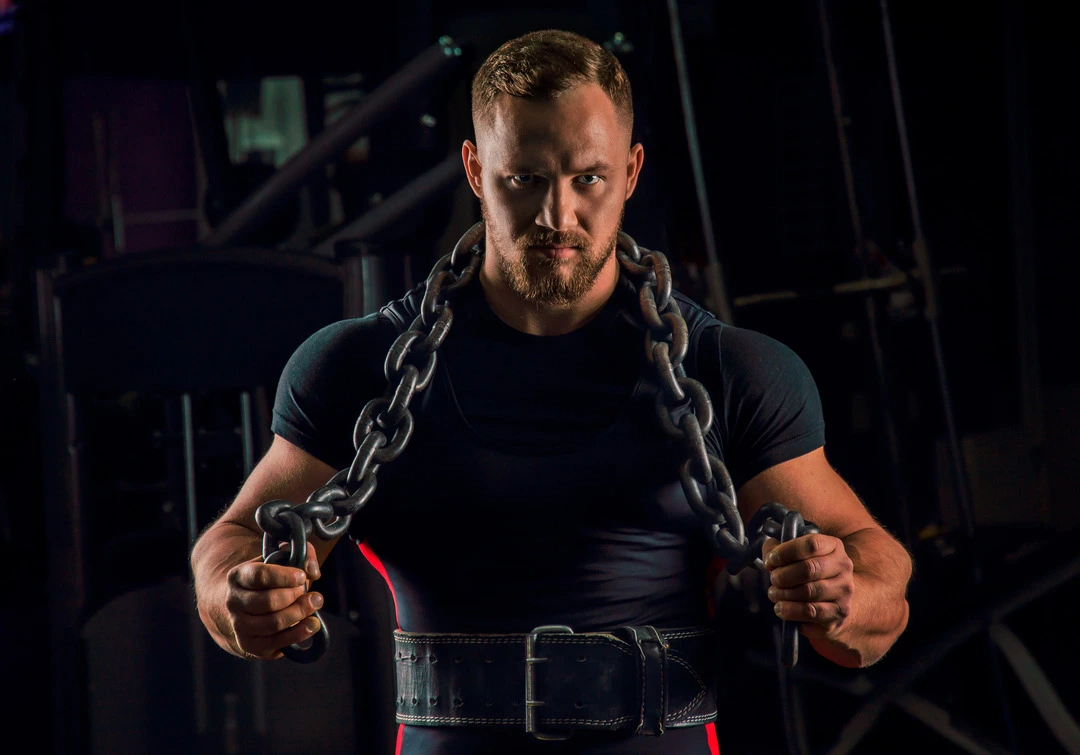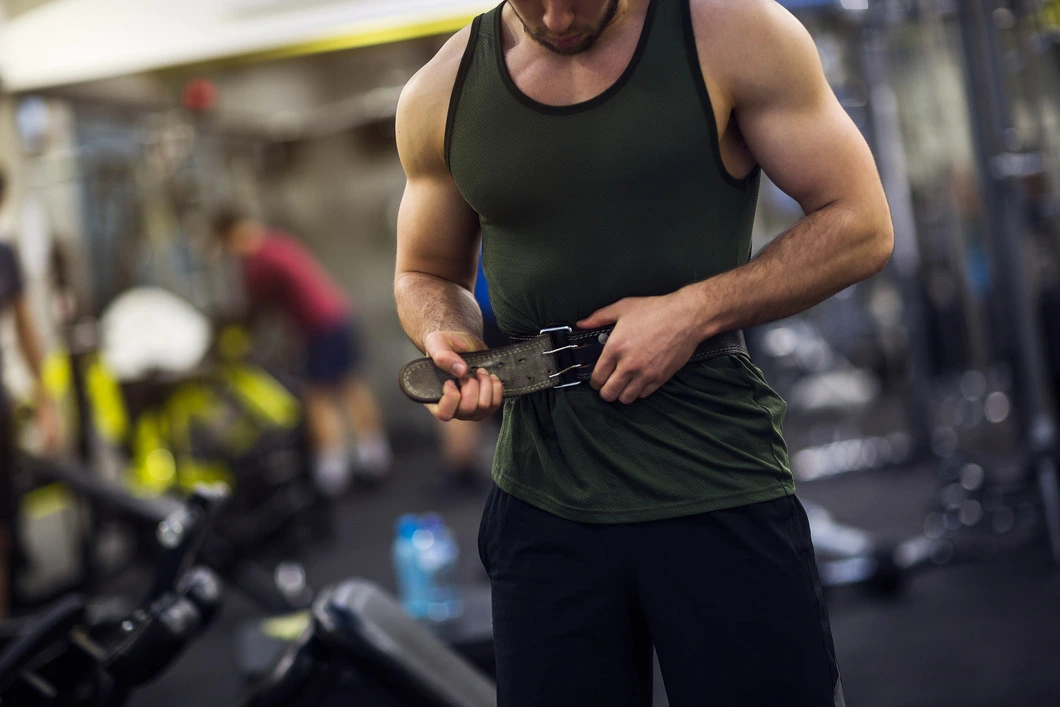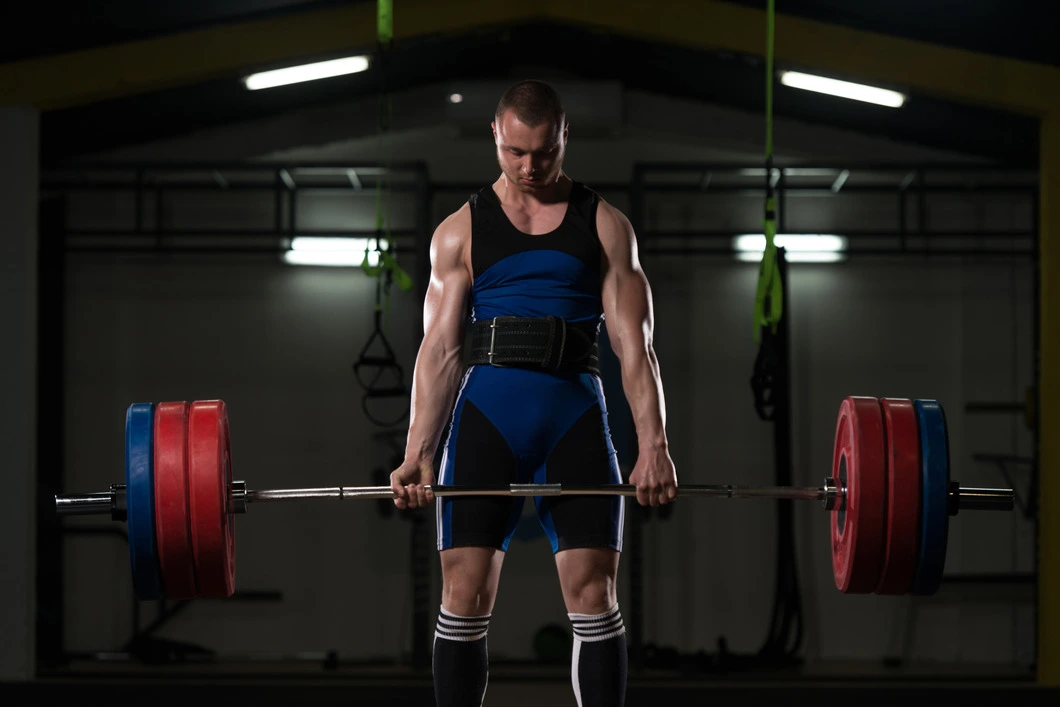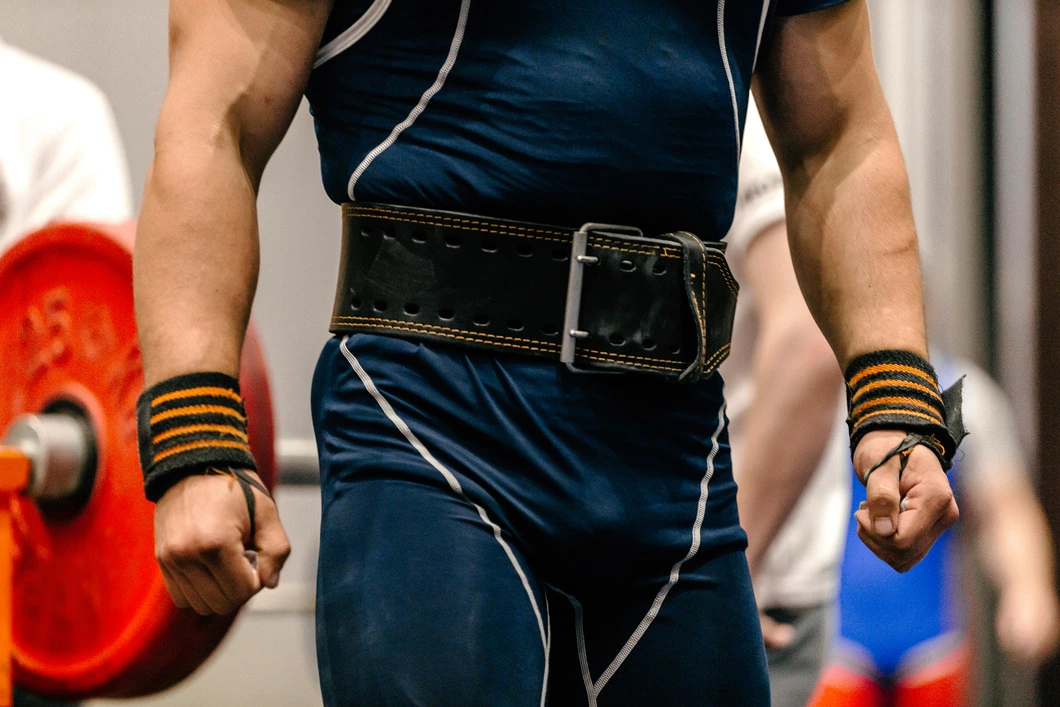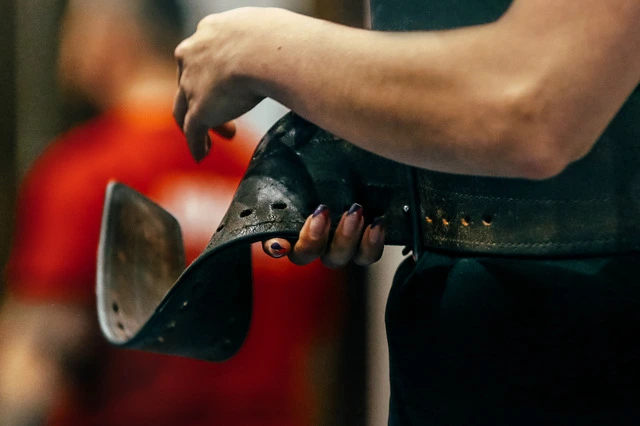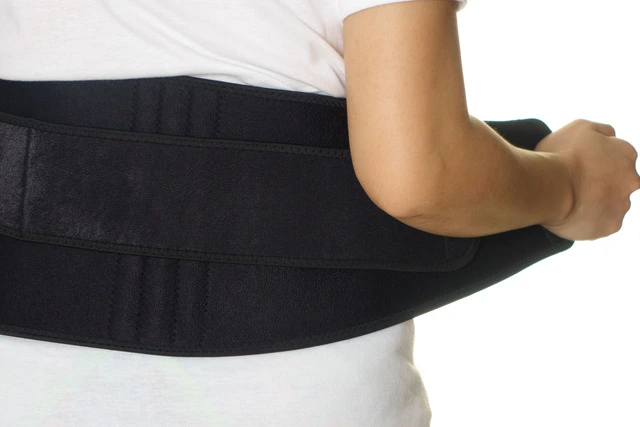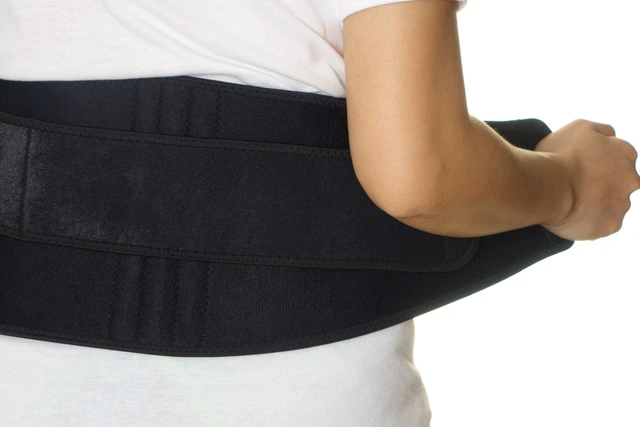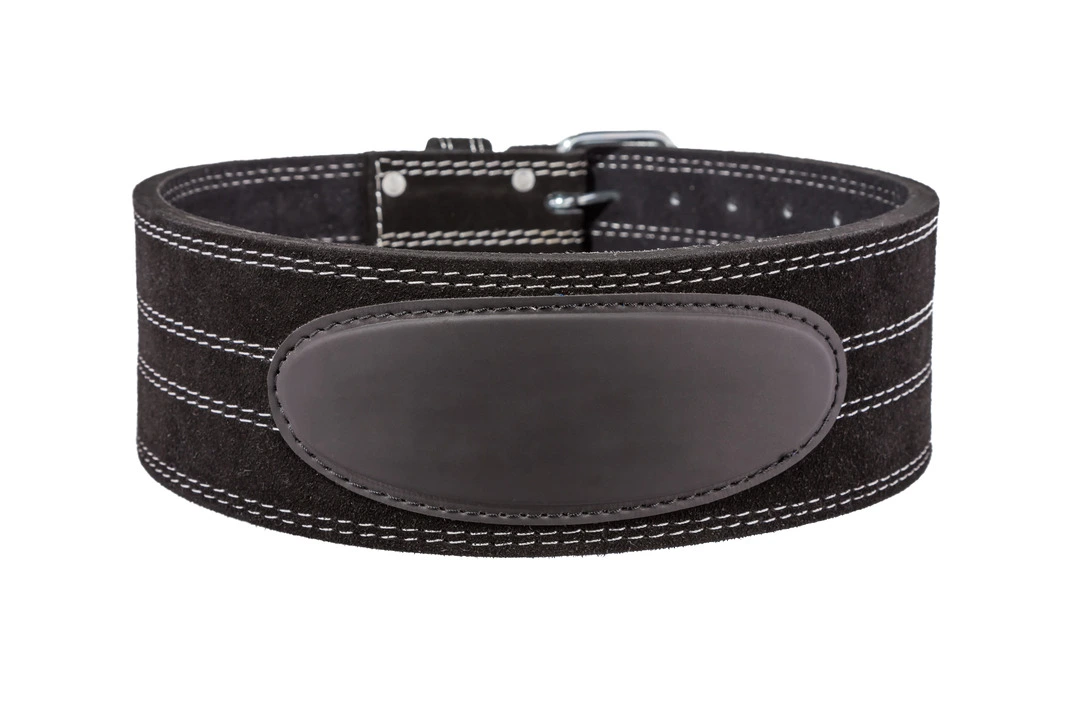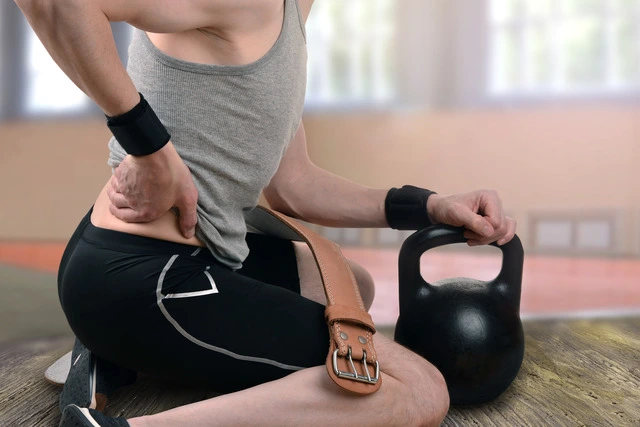How Do I Choose the Right Weight Lifting Belt for My Body and Goals?
Choosing the right weight lifting belt is crucial for both safety and performance. Factors like your body type, lifting goals, and the types of exercises you engage in should guide your decision. However, you should pay attention to essential features such as material, width, and buckle type.
For weight lifting enthusiasts in Bangladesh, a durable and comfortable belt suited for the humid climate is essential. Look for reliable brands with positive reviews, ensuring the belt meets your specific needs for support and flexibility during weight lifting in a diverse range of conditions.
Factors to Consider For Finding the Right Weight Lifting Belt
Choosing the right weight lifting belt isn’t difficult if you consider the following factors carefully.
Material and Construction
When choosing a weight lifting belt, consider the material and construction for durability and comfort. Go for genuine leather for longevity and a broken-in feel over time. Nylon belts are lightweight and flexible, suitable for various workouts.
Look for double stitching and reinforced edges to ensure the belt can tolerate heavy loads without tearing. Pay attention to the inner padding, as it adds extra comfort during lifts and protects your lower back from unnecessary pressure.
Width of the Belt
The width of the weight lifting belt plays a crucial role in providing support during heavy weight lifting workouts. A wider belt typically offers more stability and helps maintain proper spinal alignment during heavy lifts.
Powerlifters often prefer a wider belt (around 4 inches) for maximal support, while Olympic lifters may prefer a slightly narrower one (around 3 inches) to allow for greater freedom of movement. Choose a width that suits your lifting style and preferences, ensuring it covers your lower back perfectly.
Buckle Type
The buckle type of a weight lifting belt affects how easily and securely you can fasten it. There are generally two types: prong and lever. Prong buckles offer adjustability but may take a bit longer to secure.
On the other hand, lever buckles provide quick and easy fastening but lack adjustability. Consider your personal preference and how quickly you need to get your gym belt on and off. Some weight lifters appreciate the convenience of a lever buckle during intense training sessions.
The Thickness of the Belt
The thickness of a heavy-weight lifting belt impacts its level of support. Thicker belts, typically around 10mm, provide more rigidity and stability during heavy lifts. Thinner belts, around 6mm, offer more flexibility and may be preferred for exercises that require a greater range of motion.
Consider your lifting style and the types of weight lifting exercises you engage in regularly when choosing the thickness of your belt. Strike a balance between support and flexibility to meet your specific needs.
Fit and Sizing
A weight lifting belt must fit perfectly to provide optimal support without being too restrictive. Consider the sizing chart provided by the manufacturer to ensure a proper fit around your waist. A well-fitted belt should sit comfortably on your hips, covering the lower back without digging into your ribs or hips.
Pay attention to the adjustability of the belt, as some come with multiple holes or a velcro closure for a customized fit. Remember, the right fit ensures maximum support and prevents unnecessary discomfort during lifts.
Flexibility and Support
Weight lifting for beginners requires balancing flexibility and support. While a belt should offer ample support to stabilize your core during heavy lifts, it should also allow for some degree of flexibility.
Look for a belt that strikes the right balance, enabling you to maintain proper form without feeling overly restricted. This becomes especially important during exercises that involve dynamic movements, where flexibility can enhance performance while still providing the necessary support.
Brand Reputation and Reviews
Consider the reputation of the brand when selecting a weight lifting belt. Established brands with a history of producing high-quality gear are more likely to provide durable and reliable belts. Read reviews from other lifters to gain insights into the belt’s performance, durability, and overall satisfaction.
A brand with positive reviews and a good reputation within the weight lifting community is a strong indicator of a trustworthy product. Pay attention to user feedback on factors such as comfort, durability, and the belt’s ability to provide necessary support during various lifts.
Purpose-Specific Design
Different lifting disciplines may require specific design features in weight lifting belts. Powerlifting belts often have consistent width and thickness for maximal support during heavy squats and deadlifts. In contrast, Olympic lifting belts may be slightly more tapered to accommodate dynamic movements.
Consider the specific exercises you engage in regularly and choose the right weight lifting equipment to enhance your performance in those activities. Purpose-specific designs ensure that the belt complements your lifting style and provides optimal support for your chosen discipline.
Various Types of Weight Lifting Belts
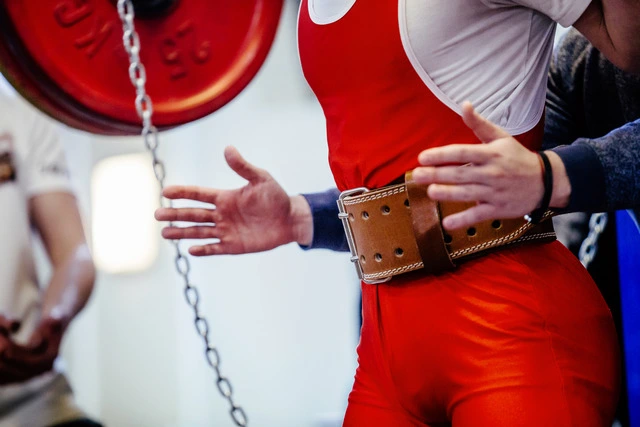
This vital gym accessory comes in various types depending on the purpose of use, specialty, and features.
Powerlifting Belt
A Powerlifting Belt, approximately 4 inches wide, is engineered for powerlifters tackling heavy squats and deadlifts. It focuses on stability, providing proper support to the lower back. This belt enhances lifting capacity while maintaining proper form, reducing the risk of injuries.
Body Building Belt
A Bodybuilding Belt is an ideal choice for bodybuilding athletes in Bangladesh. It’s around 6 inches wide and strikes a balance between support and flexibility. However, it supports the core during various exercises, aiding in maintaining proper form and accommodating a range of muscle-targeting movements.
Olympic Weight Lifting Belt
An Olympic weight lifting Belt, with a width of about 3 inches, is prepared for dynamic lifts like snatches and cleans. It emphasizes freedom of movement, supporting the lower back without hindering quick and efficient motion during explosive lifts.
CrossFit Belt
A CrossFit Belt features a moderate width so, it’s suitable for the versatile nature of CrossFit workouts. It’s versatile and durable along with providing a balanced blend of support and flexibility. Additionally, this belt is designed to accommodate the diverse range of exercises within a CrossFit routine.
Velcro Belt
A Velcro Belt, known for quick adjustability, is suitable for those who value a personalized fit without the complexities of traditional buckle systems. With a slimmer profile, it is convenient for workouts involving frequent changes in intensity and movement.
Lever Belt
This kind of belt offers swift and secure fastening with a lever mechanism, is favored by powerlifters in Bangladesh for quick adjustments between sets. Besides, it ensures consistent tightness, contributing to stability during heavy lifts, making it efficient for intense training sessions.
Prong Belt
A Prong Belt, equipped with a traditional buckle and prongs, provides adjustable and durable support. It allows lifters to fine-tune tightness, making it a reliable choice for those who prioritize a secure fit, even if it requires a bit more time for fastening.
Tapered Belt
A Tapered Belt, designed with a narrower front and wider back. It’s ideal for lifters needing core stability without sacrificing flexibility. This belt is perfect for activities like olympic lifting because it supports the lower back while allowing freedom of movement during specific exercises.
Conclusion
So, choosing the right weight lifting belt according to your body and goals is no more worrying. It’s all about analyzing the factors properly, and aligning them with your criteria.
There must be a core demand for your desired sports. Using the right belt can cheer you up with the expected result and make your workout session more exciting.
Whatever sports enthusiasts in Bangladesh you’re, you shouldn’t ignore the power of choosing right weight lifting belt. It not only helps your physical health but also helps to boost your mental strength.
FAQs
What width of weightlifting belt should I choose?
The width of the weightlifting belt depends on your lifting style. Powerlifters may prefer around 4 inches for maximal support, while Olympic lifters might opt for a slightly narrower belt, approximately 3 inches, to allow greater freedom of movement.
How do I determine the right fit for a weightlifting belt?
Refer to the manufacturer’s sizing chart to ensure a proper fit around your waist. A well-fitted belt should sit comfortably on your hips, covering the lower back without causing discomfort or restriction during lifts.

